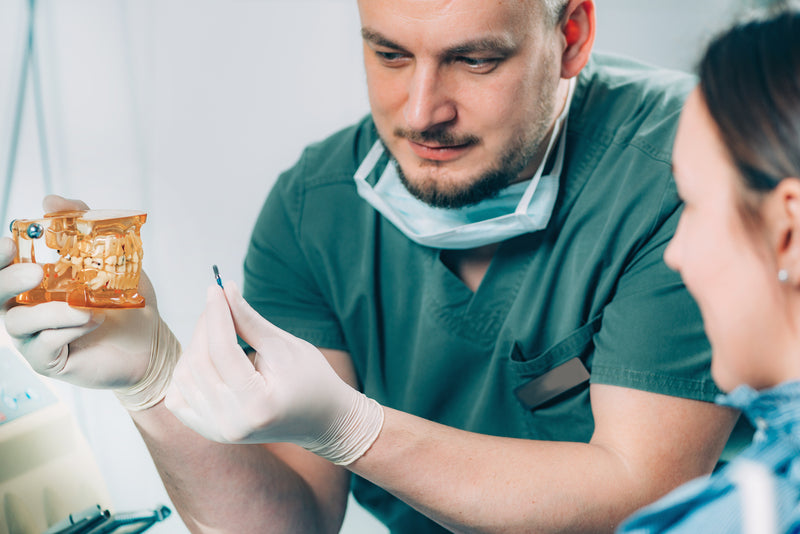Lung Cancer: Symptoms and Treatment Options
Lung cancer is one of the most common and serious types of cancer, affecting millions of people worldwide. It is characterized by the uncontrolled growth of abnormal cells in the lungs, which can form tumors and interfere with normal lung function.
Related Topics (Sponsored Ads):
Early detection and treatment are crucial for improving the chances of survival and quality of life. This article will discuss the symptoms, risk factors, diagnosis, and treatment options for lung cancer.

Symptoms of Lung Cancer
Lung cancer symptoms often do not appear until the disease is advanced. However, recognizing early signs can lead to earlier diagnosis and treatment. Common symptoms include:
Persistent Cough
A cough that does not go away or worsens over time can be a sign of lung cancer. It may be accompanied by hoarseness or coughing up blood (hemoptysis).
Shortness of Breath
Difficulty breathing or shortness of breath, especially during everyday activities, can indicate lung cancer. This occurs when a tumor blocks airways or fluid accumulates in the lungs.
Chest Pain
Chest pain that is persistent and may worsen with deep breathing, coughing, or laughing can be a symptom of lung cancer. The pain can be due to the spread of cancer to the lining of the lungs or the ribs.
Weight Loss and Loss of Appetite
Unexplained weight loss and a loss of appetite are common symptoms of many types of cancer, including lung cancer.
Fatigue
Persistent fatigue that does not improve with rest can be a symptom of lung cancer. This can be due to the body using energy to fight the disease or the cancer causing disruptions in normal body functions.
Recurrent Infections
Frequent respiratory infections, such as bronchitis or pneumonia, can be a sign of lung cancer, especially if they are persistent or do not respond well to treatment.
Swelling in the Face and Neck
Lung cancer can cause swelling in the face, neck, arms, or upper chest due to a tumor pressing on a vein called the superior vena cava.
Risk Factors for Lung Cancer
Several factors increase the risk of developing lung cancer, including:
Smoking
Cigarette smoking is the leading cause of lung cancer, accounting for about 85% of cases. The risk increases with the number of cigarettes smoked and the length of time a person has smoked.
Secondhand Smoke
Exposure to secondhand smoke also increases the risk of lung cancer. Even non-smokers who live with or work around smokers are at higher risk.
Radon Exposure
Radon is a naturally occurring radioactive gas that can accumulate in homes and buildings. Long-term exposure to high levels of radon increases the risk of lung cancer.
Occupational Hazards
Exposure to certain substances, such as asbestos, arsenic, and diesel exhaust, in the workplace can increase the risk of lung cancer.
Air Pollution
Long-term exposure to outdoor air pollution, especially fine particulate matter, has been linked to an increased risk of lung cancer.
Family History
A family history of lung cancer can increase the risk, suggesting a genetic predisposition to the disease.
Previous Lung Diseases
A history of lung diseases, such as chronic obstructive pulmonary disease (COPD) or tuberculosis, can increase the risk of lung cancer.
Diagnosis of Lung Cancer
Diagnosing lung cancer involves several steps, including imaging tests, laboratory tests, and biopsies.
1. Imaging Tests
- Chest X-ray: Often the first test performed if lung cancer is suspected. It can reveal abnormal masses or nodules in the lungs.
- CT Scan: Provides detailed images of the lungs and helps identify the size, shape, and position of any tumors.
- PET Scan: Helps determine if cancer has spread to other parts of the body.
2. Laboratory Tests
- Sputum Cytology: Examines mucus (sputum) coughed up from the lungs under a microscope to check for cancer cells.
- Blood Tests: While not used to diagnose lung cancer directly, blood tests can provide information about a person’s overall health and how well organs are functioning.
3. Biopsy
A biopsy involves taking a sample of tissue from the suspected tumor to examine under a microscope for cancer cells. Methods include:
- Bronchoscopy: A thin tube is passed through the nose or mouth into the lungs to collect tissue samples.
- Needle Biopsy: A needle is inserted through the chest wall to remove a tissue sample from the lung.
- Surgical Biopsy: In some cases, a larger tissue sample may be obtained through surgery.
Treatment Options for Lung Cancer
Treatment for lung cancer depends on the type, stage, and overall health of the patient. Common treatment options include:
1. Surgery
Surgery aims to remove the tumor and surrounding tissue. Types of surgery include:
- Lobectomy: Removal of an entire lobe of the lung.
- Pneumonectomy: Removal of an entire lung.
- Segmentectomy or Wedge Resection: Removal of a smaller portion of the lung.
2. Radiation Therapy
Radiation therapy uses high-energy rays to kill cancer cells or shrink tumors. It can be used as a primary treatment or in combination with surgery and chemotherapy.
3. Chemotherapy
Chemotherapy involves the use of drugs to kill cancer cells or stop their growth. It can be administered orally or intravenously and is often used in combination with other treatments.
4. Targeted Therapy
Targeted therapy uses drugs that specifically target certain molecules involved in the growth and spread of cancer cells. These treatments are usually less harmful to normal cells than chemotherapy.
5. Immunotherapy
Immunotherapy helps the body’s immune system recognize and attack cancer cells. It can be used alone or in combination with other treatments and is particularly useful for advanced lung cancer.
6. Palliative Care
Palliative care focuses on relieving symptoms and improving the quality of life for patients with advanced lung cancer. It can include pain management, nutritional support, and psychological care.
Conclusion
Lung cancer is a serious and often life-threatening disease, but early detection and treatment can significantly improve outcomes. Understanding the symptoms, risk factors, and treatment options is crucial for managing lung cancer effectively. If you or someone you know is experiencing symptoms of lung cancer or is at high risk, seek medical advice promptly. Advances in medical research continue to improve the prognosis and treatment options for lung cancer patients, offering hope for better outcomes and enhanced quality of life.




